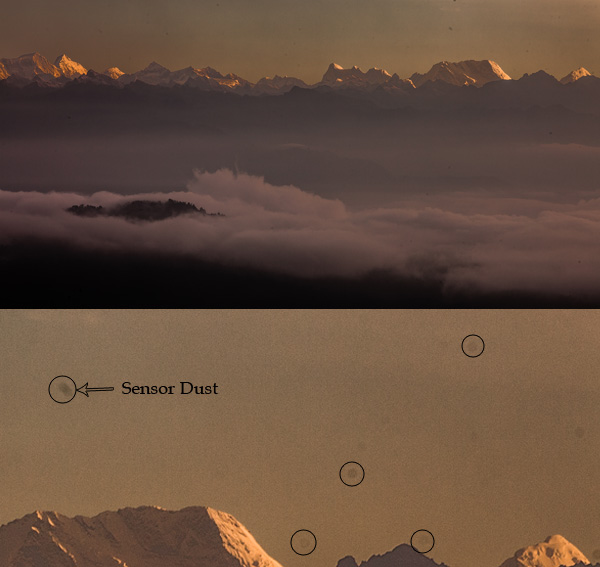Ask Darter is a column on Darter’s Photography Blog, where we answer your questions related to photography. If you have a photography question, but did not know whom to ask, we are here to help you and answer your questions. Click here to ask a photography question you would like us to answer.
The question we answer today was asked by Suman.
Question: Is it necessary to get our cameras serviced at a service center periodically? If yes, how often ? I have a Canon 550D
Our answer:
Today’s digital cameras are very well built, rugged and survive for a long time. More often than not, people do not need to discard cameras because they have stopped working or have developed a fault that is difficult or expensive to service. But like any electronic device, they can develop problems once in a while, although very rare. But should we regularly get it serviced in a way we would get a car serviced, to ensure longevity and smooth functioning of the equipment? Let’s find out.

image courtesy: reprolurch on flickr
A regular servicing is absolutely not essential if you have a point-and-shoot or a bridge camera. As cameras have very few moving part, servicing is not necessary and they usually last without any problem until a time you feel the need to upgrade. So, for small digital cameras, the answer is a clear no. You do not need to send it for periodic servicing.
However, it is a different story with DSLR cameras. There are certain situations when you find the need to get it serviced. And it is definitely not a bad idea to send it to service center once in a while. Here is a set of situations, where your DSLR, lenses or accessories may have to get serviced.
1. When you camera has accumulated sensor dust.
All DSLRs come with a problem that has continued to exist since the time cameras have moved from film to digital. Each time you remove the lens, either to change the lenses or to store it in the camera bag, you end up exposing the insides of the camera to air. When you do so, few tiny dust particles enter the camera body. Over a period, some dust accumulates on the camera’s sensor. This happens especially because the static charge on the sensor attracts the dust towards its surface. This is inevitable, unless you always shoot with just one lens and you never remove it. Over time, these accumulated dust particles start showing up in your photographs. They will be especially prominent when your photograph has a lot of plain spaces, such as sky or a wall. It can be very prominent when you are shooting at high f numbers. This can be annoying. See the image below to understand how dust particles on the sensor can affect your images.

The above image shows a photograph on the top, and a close-up of a small section of the photograph highlighting sensor dusts on the image.
This is something that happens regularly. So if you are beginning to see small dark patches in your images, it is time to get it serviced. Although there isn’t a recommended frequency when you need to get this done, for a normal user, a servicing to get the sensor cleaned once in two years should be usually sufficient. A person using his/her camera regularly may need to get this done more frequently. But don’t look at the calendar to send the camera for servicing; decide to do it when you start seeing those ugly blotches.
Some professional photographers do sensor cleaning themselves at home. You also need specific cleaning tools to be able to do it. But the sensor is a delicate material, so do it yourself only if you know what you are doing.
2. Servicing lenses
Over a period of usage, you will see some tiny dust particles accumulating in your lens. These small dust particles can be usually ignored, as they do not affect the image quality to a visible degree. But a more threatening development can be fungus. Fungus, when it appears in the lens, is a small barely visible thin silver line on the inside glass surface. But this is potentially life-threatening for the lens. Once it enters, it starts growing in a slow pace. Left unattended, it can grow into a very large blotch in the lens that can seriously affect the image quality. If you see the sign of fungus inside your lens, do not waste time and send it for service as soon as possible. To identify fungus, look into the lens in a brightly lit place and observe it from multiple angles. If you notice any thin grey lines that eventually start spreading like a bunch of threads, your lens might have fungus.
Besides the above situations, unless there is a functional failure that needs to be addressed, there is generally no need to get your camera/lens serviced.

One Comment